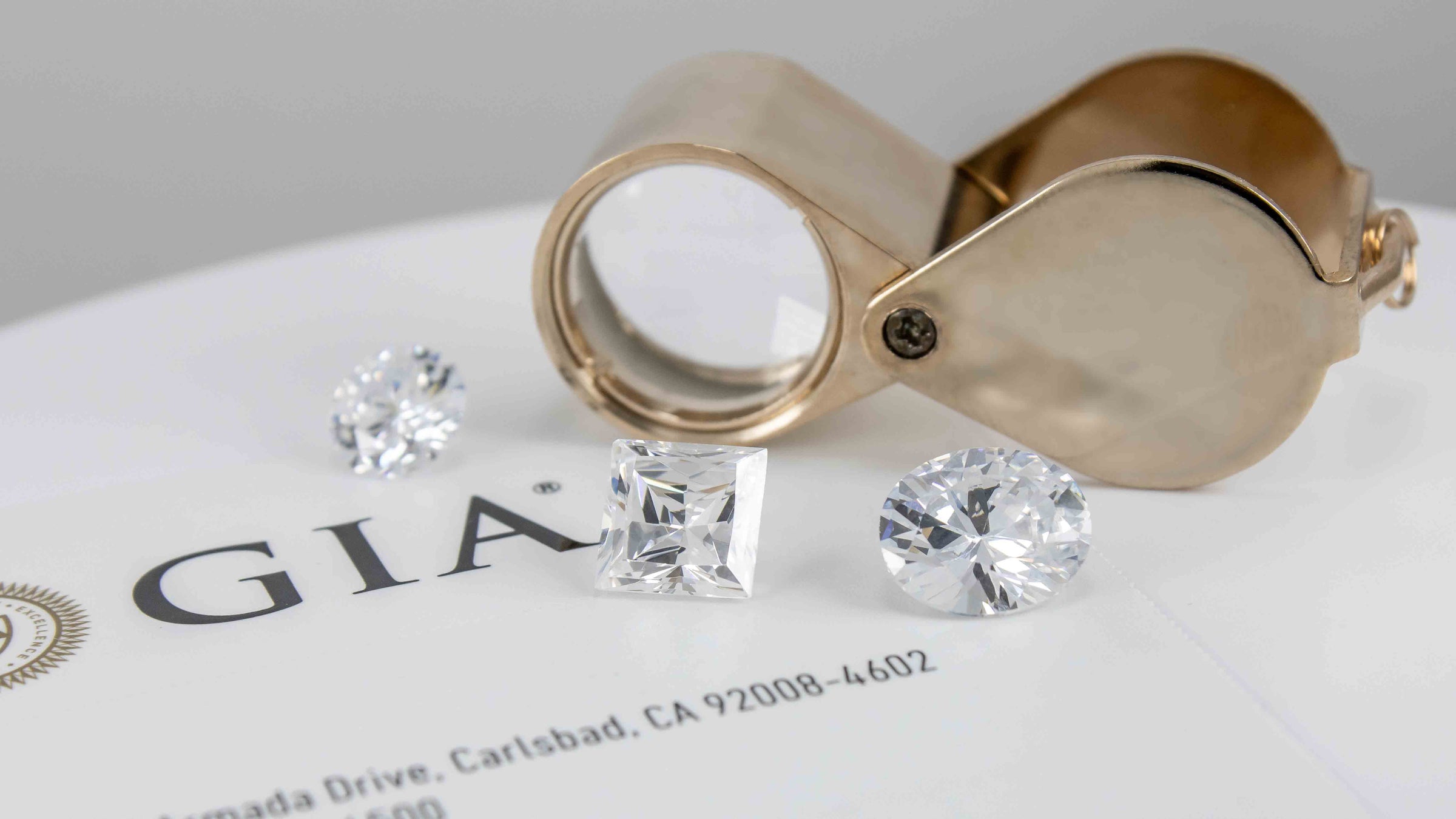What are Step Cut Diamonds?
Among the many varieties of diamond cuts, the step cut has emerged as a popular choice for those who seek a unique and striking appearance. Step cut diamonds are different from other diamond cuts in that their facets are arranged in a series of steps, giving them a distinct geometric appearance. If you're considering purchasing a step cut diamond, it's essential to understand the characteristics that make them so special. In this ultimate guide to step cut diamonds, we'll cover everything you need to know about this stunning diamond cut. From the history and design to the different types of step cuts and how to care for your step cut diamond, this guide will provide you with all the information you need to make an informed decision when purchasing a step cut diamond.
A step cut diamond is a type of diamond cut that features linear facets that run parallel to the diamond's girdle. The facets on a step cut diamond are arranged in a series of rectangular or square shapes, giving it a unique geometric appearance. Unlike other diamond cuts, step cut diamonds do not have as much brilliance or fire. Instead, they have a more subdued sparkle that is often referred to as the "hall of mirrors" effect.
Step cut diamonds are typically used for emerald, baguette, and Asscher cuts. They are also commonly used in engagement rings, as they have a unique and bold appearance that is sure to make a statement. One of the benefits of a step cut diamond is that it can often make a diamond appear larger than it is due to its long lines and the way that it reflects light.

















